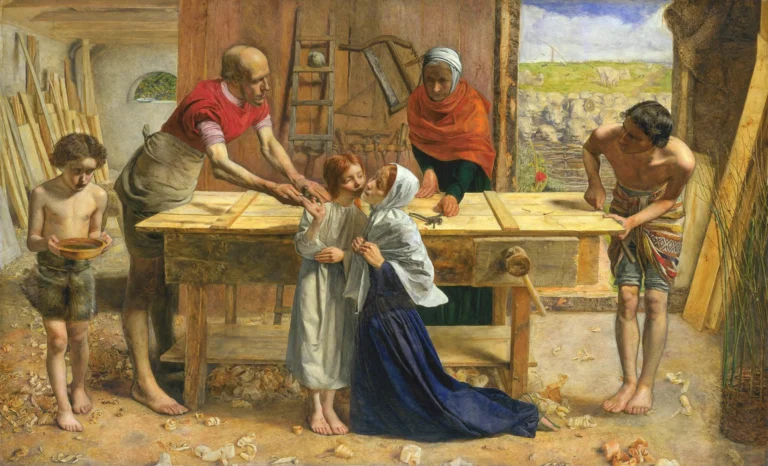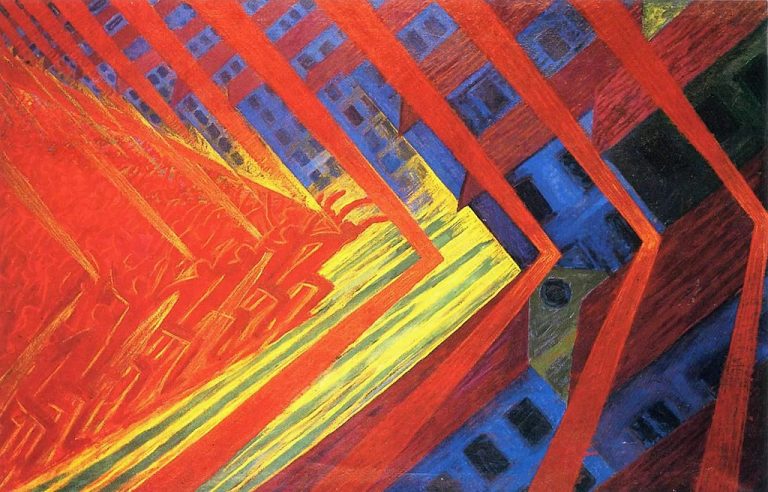5 Revolutionary Shifts: Johan Jongkind’s 19th-Century Prelude to Impressionist Mastery
Johan Barthold Jongkind: The Artist as an Impressionist Visionary
Life and Early Influences
Johan Barthold Jongkind or Johan Jongkind, a pivotal figure in the transition to Impressionism, was born on June 3, 1819, in the village of Lattrop in the Netherlands. He was to become known for his landscapes and seascapes that echoed the Dutch painting tradition while also laying the groundwork for future artistic movements.
In the Netherlands, Jongkind’s initial art education took place at the Academy of Visual Arts in The Hague. Here, he trained under Andreas Schelfhout, a renowned landscape painter, from whom Jongkind inherited a technique that was informed by the Dutch landscape masters of the 17th century.
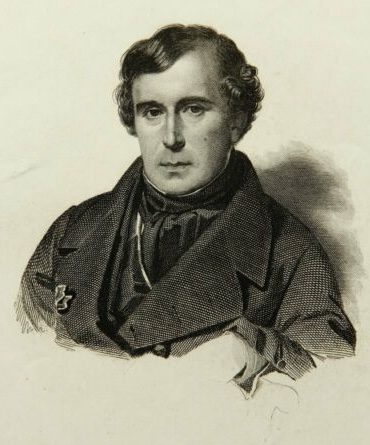
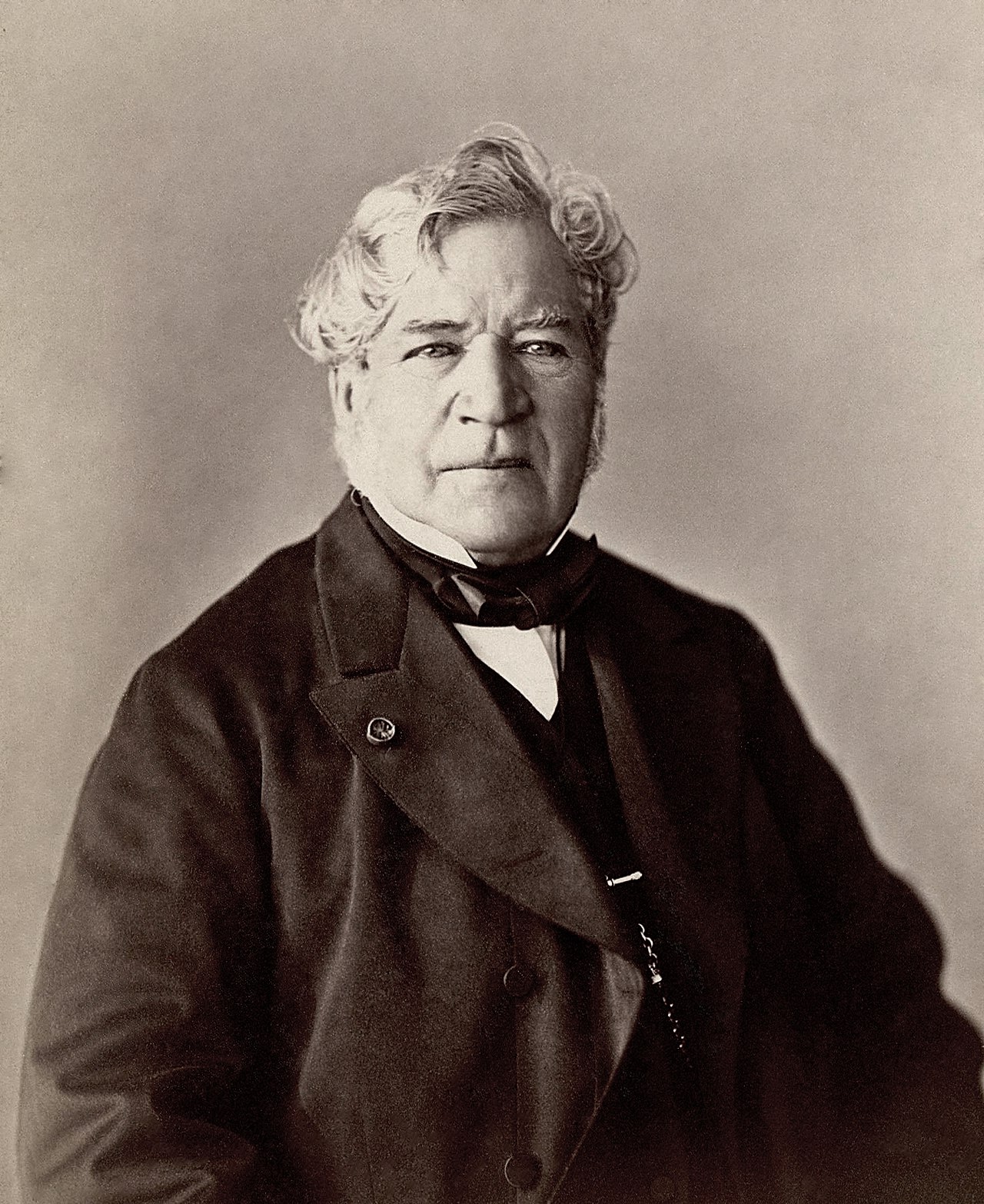
In 1846, his career took a pivotal turn when Jongkind moved to Paris. There, he continued his studies under Eugène Isabey, a romantic landscape artist whose influence expanded Jongkind’s stylistic range. Parisian life further exposed him to burgeoning new art movements, significantly shaping his style and approach to art.
This encounter, among others, underscored the strength of the network that Jongkind had built – a circle of confident friends and colleagues like Corot and Courbet who were influential in their own right and willing to offer him help and guidance. Their support and Jongkind’s own resilience played a crucial role in shaping his artistic path, as he navigated through the challenges of his career with a community ready to uplift him.

Though much of his work reflects the impact of his Dutch heritage, traces of a more experimental style began to emerge, eventually influencing the likes of Claude Monet. Monet himself acknowledged the Dutch painter’s role as a vital mentor, suggesting the far-reaching impact of Jongkind’s early artistic foundations and his evolution in Paris.

Johan Barthold Jongkind’s journey, traced from the quiet Netherlands to the bustling heart of French art, underlines his role as a connector of the traditional and the innovative. His work serves as a reflection of this bridging of worlds, leaving a lasting impression on the development of landscape painting.
Artistic Style and Contribution
Johan Barthold Jongkind was pivotal in the transition from traditional Dutch landscape painting to the more modern Impressionist movement. His treatment of light and experimentation with atmosphere differentiated his work and enabled it to stand the test of time.
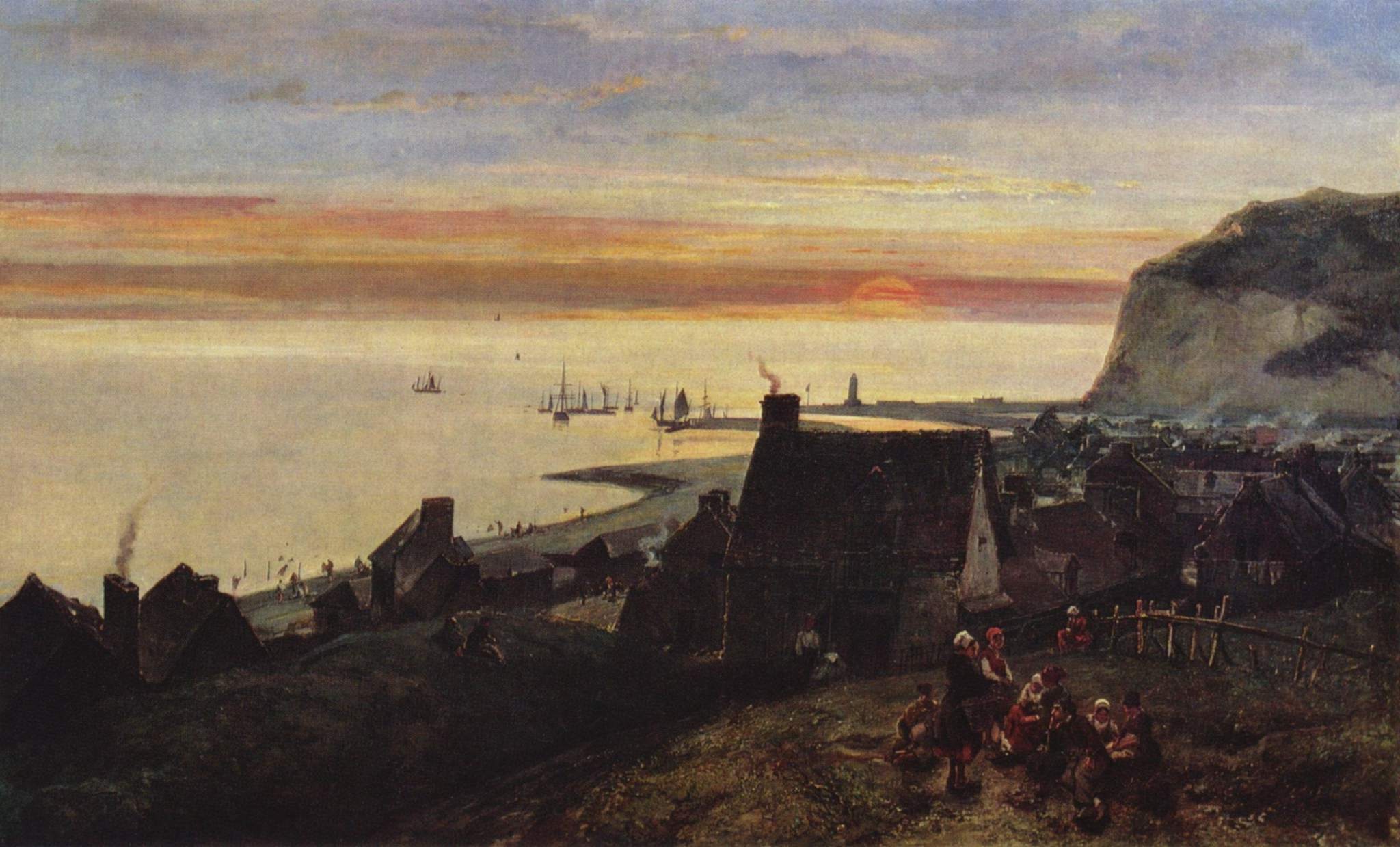
Style Characteristics:
- Impressionistic Qualities: Though not an Impressionist per se, Jongkind is considered a forerunner of Impressionism. His interest in capturing the ephemeral effects of light anticipated techniques that would become central to the movement.
- Brushwork: Jongkind employed vigorous and free brushwork, an approach that conveyed texture and movement, which later influenced Impressionist painters.
Paintings:
- Subjects: Jongkind’s most acclaimed paintings feature marine landscapes and urban Dutch scenery.
- Perspective: Typical of Dutch tradition, many of Jongkind’s paintings have a low horizon, which allows for expansive skies, accentuating the dynamic interplay of light and atmosphere.
- Mediums: He worked in both oil paintings and watercolours, adeptly using each medium’s characteristics to enhance his work’s visual impact.
Through his art, Jongkind bridged the gap between the Dutch landscape tradition and the birth of Impressionism. His works not only depict scenes of life but also embody the transient nature of the very light and atmosphere he sought to capture. His influence on peers, such as Monet, affirms his integral role in the unfolding narrative of art history.

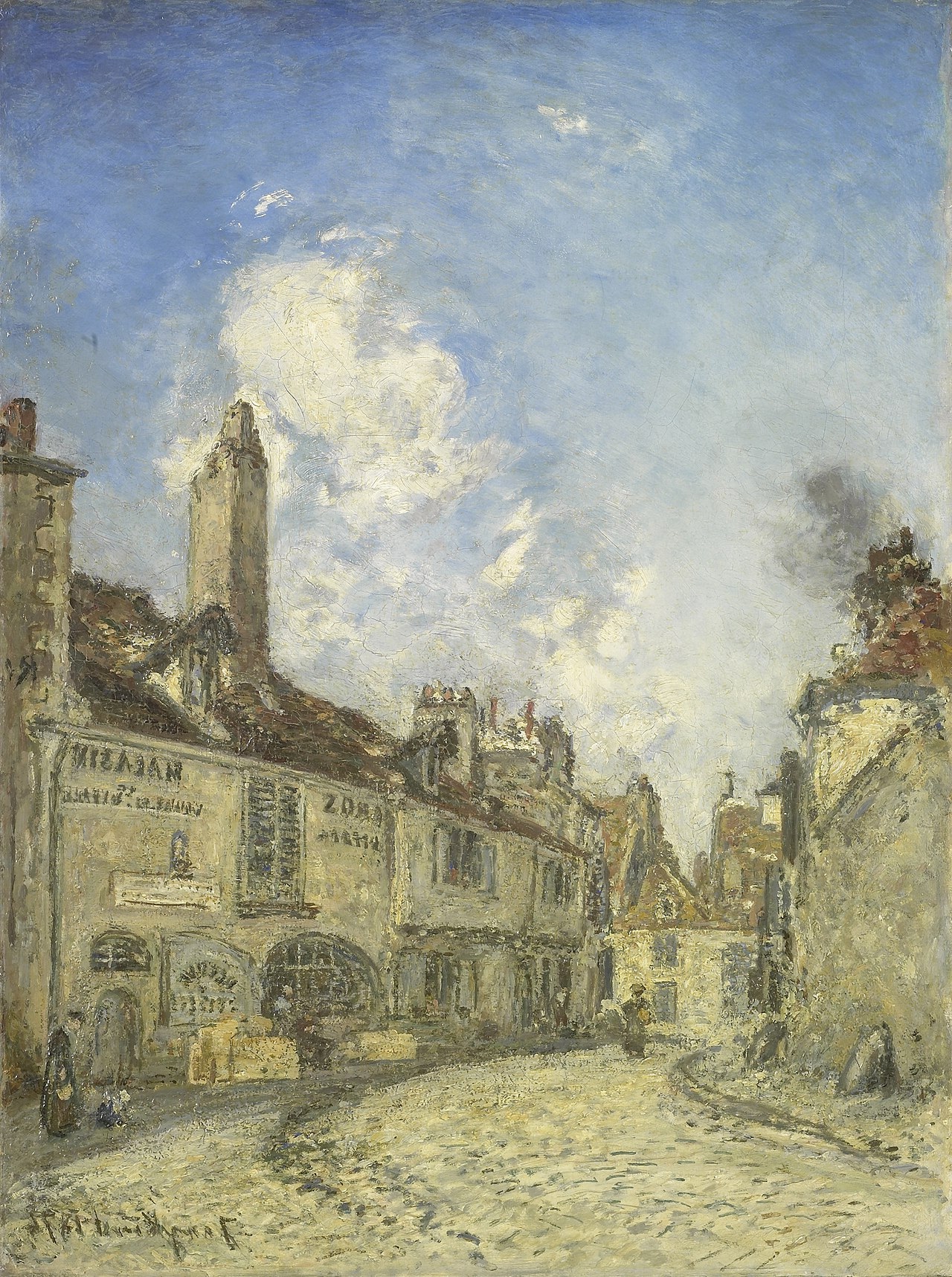
Legacy and Memorials
Johan Jongkind’s influence on impressionism is well recorded, and his work is preserved in some of the world’s renowned museums. The Metropolitan Museum of Art houses pieces such as “Honfleur” (1865) and “The Pont Neuf” (1849-50), showcasing his contribution to the early impressionist style. Similarly, his works are part of the collections at the Rijksmuseum in Amsterdam and the Musée d’Orsay in Paris, museums that prominently display Jongkind’s marine landscapes which attest to his legacy.

The National Gallery has not been mentioned in the context of Jongkind’s memorials; hence, it might not hold significant works or memorials related to him. However, his connection with the Salon in Paris was significant, as his works were exhibited there, earning him recognition from critics and fellow artists.
- Statue of Jongkind: An homage to his lasting impression on the art world.
- Rechthuis van Zouteveen: Not directly mentioned in relation to Jongkind, but historically important art-related sites often honour influential artists in some manner.
- Notre Dame Cathedral: While Jongkind painted this iconic edifice, there’s no information about memorials concerning him there.
To this day, there is limited information regarding a specific Municipal Museum of Fine Arts in Valparaíso holding Jongkind’s works.
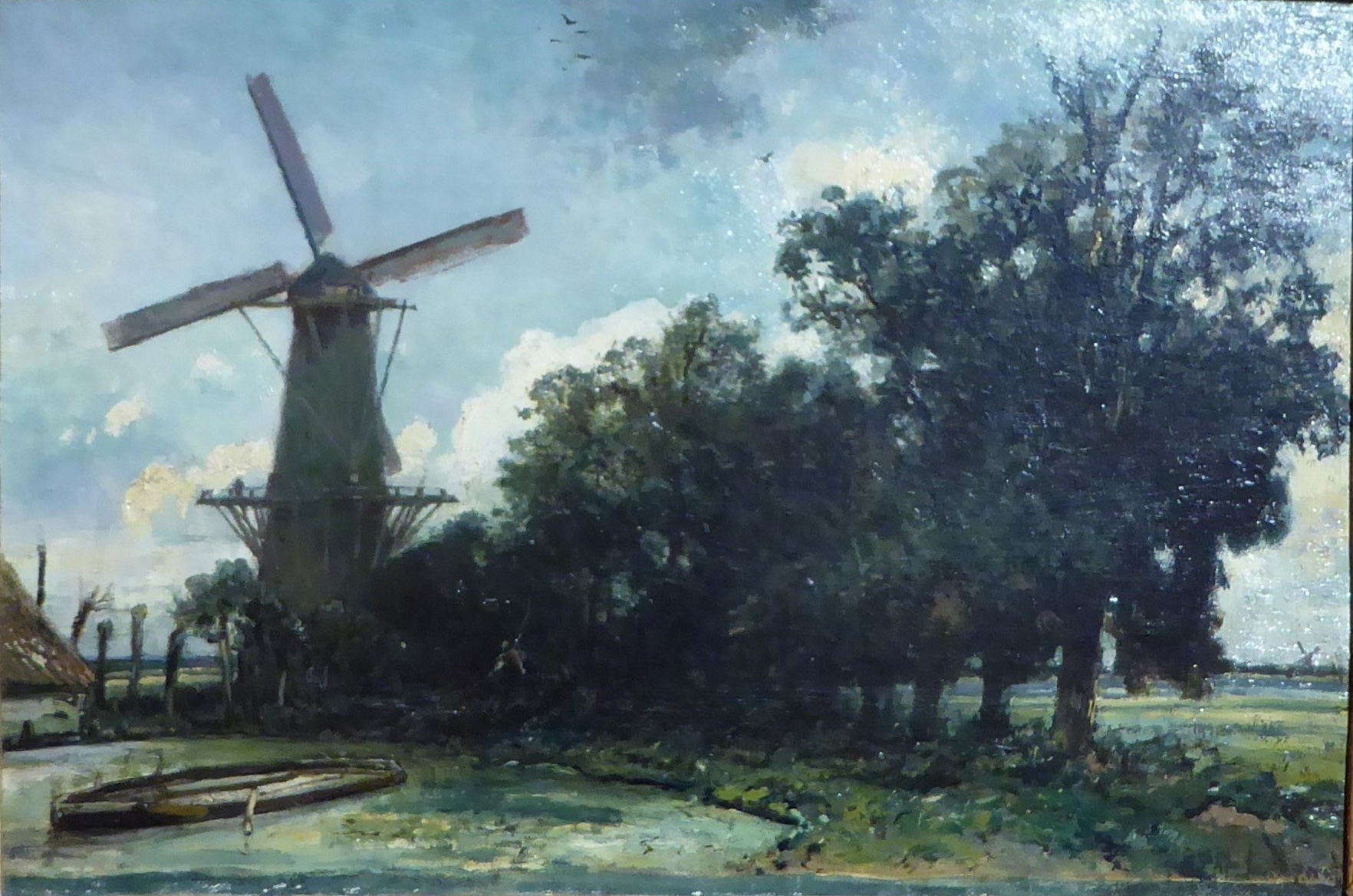
Johan Jongkind’s legacy is best embodied in his paintings and the inspirational role he played for subsequent impressionist painters. His artistic contributions continue to be celebrated in exhibitions and collections around the globe.
Frequently Asked Questions
Jongkind was a pivotal figure in the transition from traditional landscapes to innovation in the Impressionist movement. His work and influence shaped the course of modern art, as explored in the following questions.
What notable contributions did Johan Jongkind make to the Impressionist movement?
Johan Jongkind is credited with pioneering techniques that would become characteristic of Impressionism. His fresh handling of light and color, and his spontaneous brushwork laid the groundwork for the movement’s approach to landscape painting.
Which artists were significantly influenced by Johan Jongkind’s work?
The influence of Jongkind’s art extends most notably to Claude Monet and Edgar Degas. Jongkind’s mentorship and friendship with these artists helped them develop the Impressionist style they would later become famous for.
How did Johan Jongkind’s style evolve throughout his career?
Initially, Jongkind’s works had a more traditional approach, but he began experimenting with light and atmospheric effects over time. Influences from Dutch landscapists merged with French artistic styles, resulting in freer and more vivid interpretations of landscapes.
Can you identify key characteristics of Johan Jongkind’s painting technique?
Key characteristics of Jongkind’s technique include a loose brushwork style and an innovative use of light to capture the ephemeral qualities of the atmosphere. His compositions often drew on his experience with marine landscapes, emphasizing the dynamic interplay between sky and water.
What are some of Johan Jongkind’s most acclaimed works?
Johan Jongkind’s highly regarded works include “La Seine et Notre-Dame de Paris” (1864), showcasing his deft handling of light and water. His numerous depictions of the Seine, Parisian streets, and Dutch waterways are celebrated for their vivacity and technique.
How did Johan Jongkind’s mentorship affect the development of early Impressionism?
Johan Jongkind’s mentorship was instrumental in guiding young artists like Claude Monet towards a new way of seeing and capturing the world. His direct influence on these young artists and their subsequent development of Impressionism cemented his role as a key precursor to the movement.



